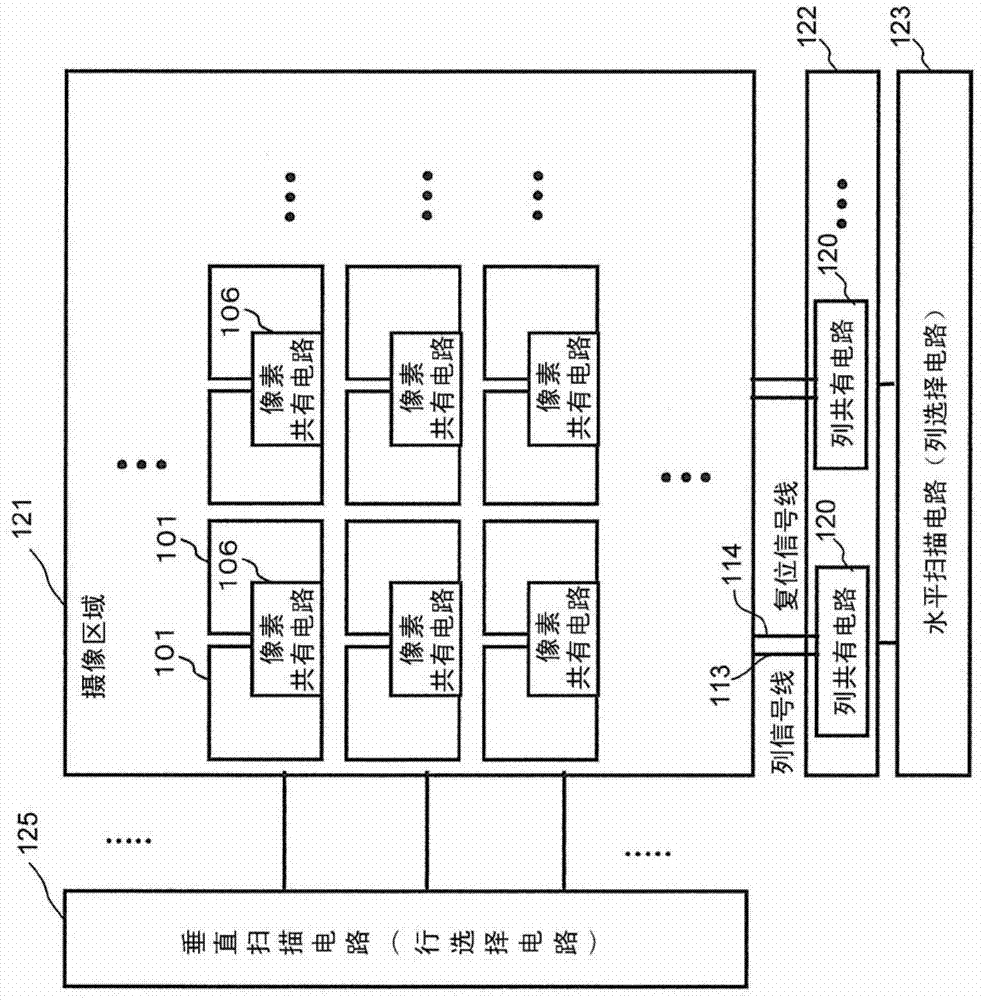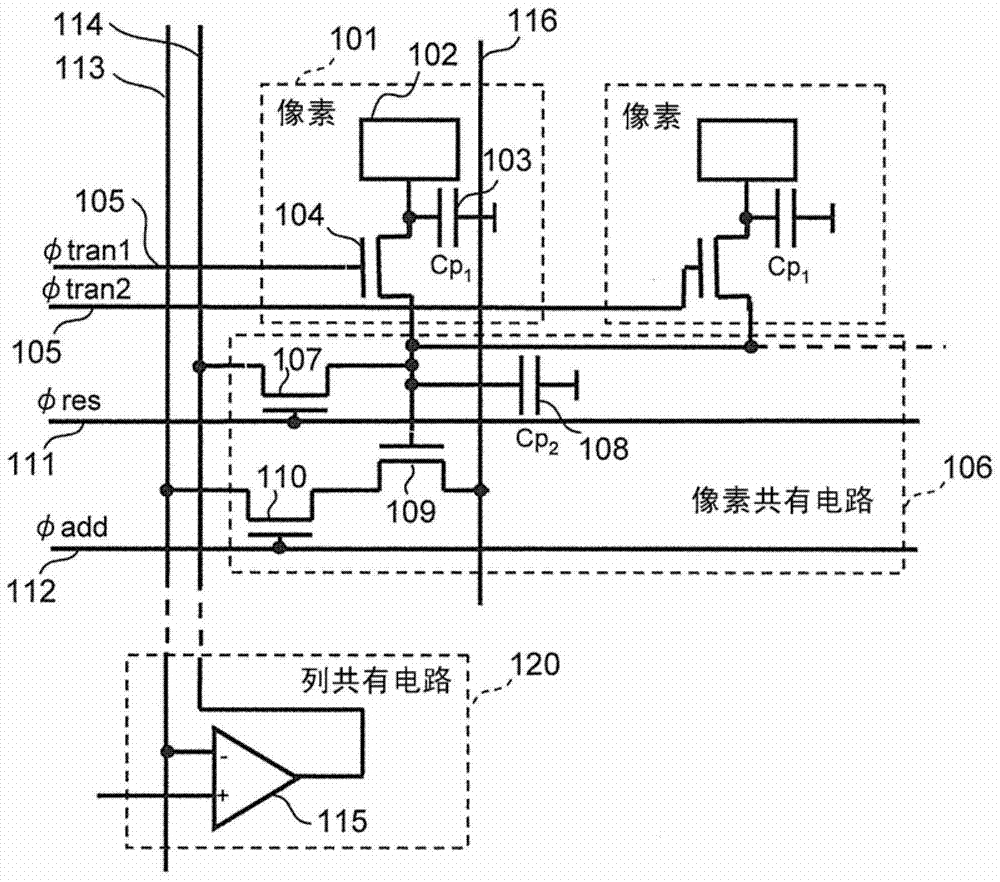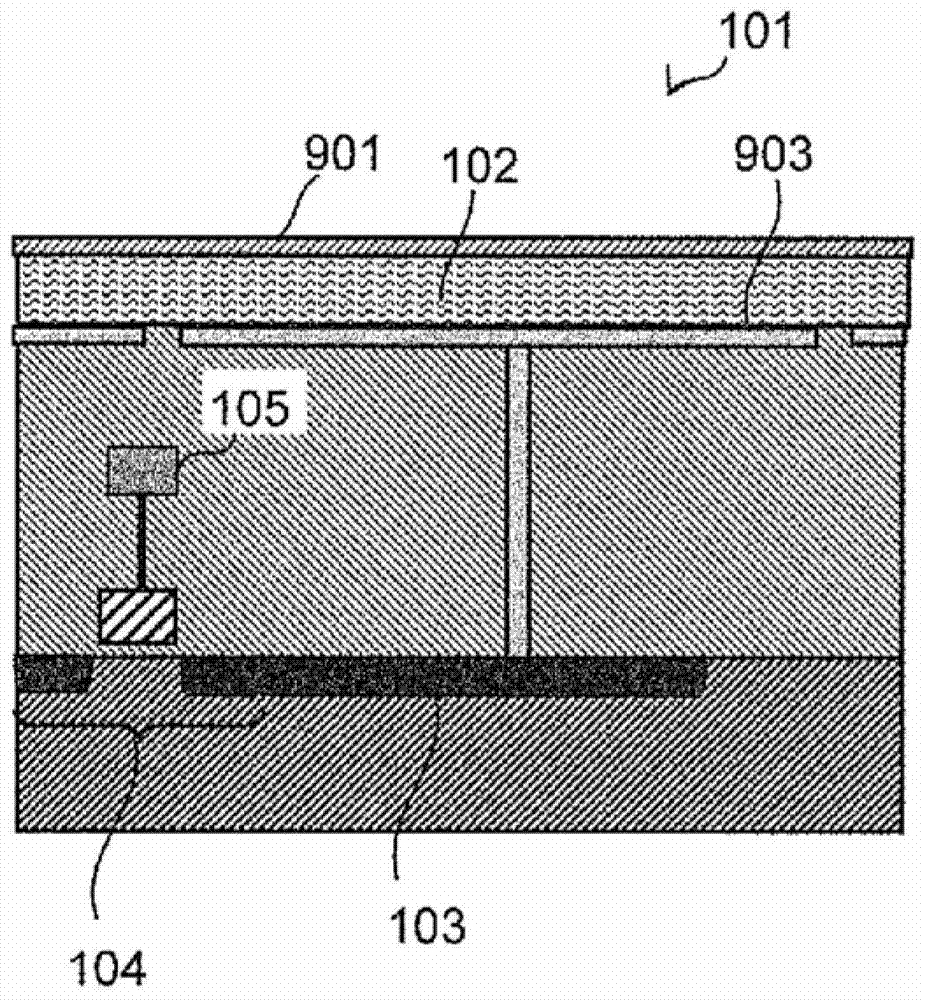Solid-state imaging device and driving method thereof
A solid-state imaging device and pixel technology, which is applied to static cameras, electric solid-state devices, radiation control devices, etc., to reduce kTC noise, increase inter-pixel interference, and reduce parasitic capacitance.
- Summary
- Abstract
- Description
- Claims
- Application Information
AI Technical Summary
Problems solved by technology
Method used
Image
Examples
Embodiment approach 1
[0098] Hereinafter, Embodiment 1 in the present invention will be described with reference to the drawings. Parts given the same number represent the same location. Hereinafter, the transistor is assumed to be an n-type MOS, but it goes without saying that it can also operate in the same way in the case of a p-type MOS. In addition, below, when describing as a source and a drain of a transistor, it means either a source or a drain (this is because a source and a drain are completely the same and cannot be distinguished in an actual element). However, when the voltage applied to one of them is higher than that of the other, it is marked as a drain.
[0099] Figure 1A It is a block diagram showing the configuration of the solid-state imaging device in Embodiment 1 of the present invention. The solid-state imaging device in the figure includes an imaging region 121 , a vertical scanning circuit (row selection circuit) 125 , a column processing circuit 122 , and a horizontal s...
Embodiment approach 2
[0170] Hereinafter, Embodiment 2 in the present invention will be described with reference to the drawings. Parts given the same number represent the same location. Hereinafter, the transistor is assumed to be an n-type MOS, but it goes without saying that it can also operate in the same way in the case of a p-type MOS. In addition, below, when describing as a source and a drain of a transistor, it means either a source or a drain (this is because a source and a drain are completely the same and cannot be distinguished in an actual element). However, when the voltage applied to one of them is higher than that of the other, it is marked as a drain.
[0171] In Embodiment 2 of the present invention, the circuit diagram is also Figure 1B same. The difference lies in the driving method. image 3 A driving method in Embodiment 2 of the present invention is shown. Each symbol is the same as that of Embodiment 1. image 3 Main concern Figure 1B The illustrated plurality of p...
Embodiment approach 3
[0190] A driving method of the solid-state imaging device in Embodiment 3 of the present invention will be described with reference to the drawings.
[0191] In Embodiment 1, when reading the reset voltage into the CDS circuit, φtran is turned off. On the other hand, φtran is turned on when the signal voltage is read out. Therefore, the reading of the signal voltage is affected by the parasitic capacitance of the connection transistor 104 . That is, when the difference between the conduction voltage of φtran and the threshold voltage of the connection transistor 104 is ΔV, and the parasitic capacitance is Cc, the voltage of Equation 10 is superimposed on the signal voltage.
[0192] 【Number 12】
[0193] (Formula 10)
[0194] This voltage ΔV depends on the threshold voltage of the connection transistor 104 . Also, the threshold voltage of the connection transistor 104 usually varies among the individual pixels 101, and fixed pattern noise reflecting the variation is super...
PUM
 Login to View More
Login to View More Abstract
Description
Claims
Application Information
 Login to View More
Login to View More - R&D
- Intellectual Property
- Life Sciences
- Materials
- Tech Scout
- Unparalleled Data Quality
- Higher Quality Content
- 60% Fewer Hallucinations
Browse by: Latest US Patents, China's latest patents, Technical Efficacy Thesaurus, Application Domain, Technology Topic, Popular Technical Reports.
© 2025 PatSnap. All rights reserved.Legal|Privacy policy|Modern Slavery Act Transparency Statement|Sitemap|About US| Contact US: help@patsnap.com



